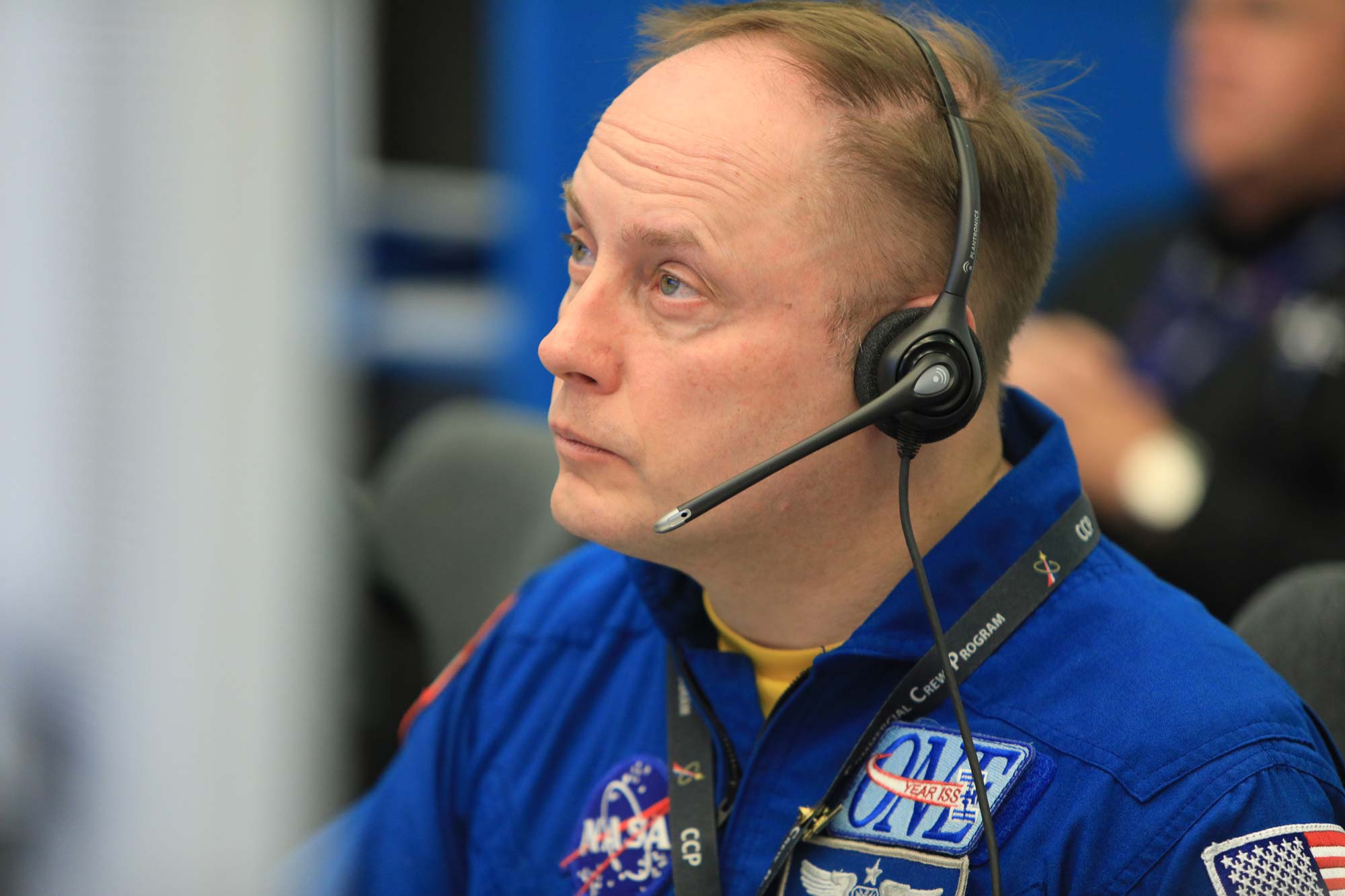
As SpaceX's first crew-carrying vehicle wraps up its maiden test flight to the International Space Station (ISS), Boeing is prepping for its own moment in the sun.
SpaceX's Crew Dragon capsule launched early Saturday morning (March 2) on an uncrewed shakeout cruise called Demo-1. The spacecraft arrived at the orbiting lab 27 hours later, and it's scheduled to return to Earth Friday (March 8).
Boeing will soon fly a similar mission to the ISS, called Orbital Flight Test (OFT), with its CST-100 Starliner capsule. OFT will lift off from Florida's Cape Canaveral Air Force Station atop a United Launch Alliance (ULA) Atlas V rocket; the launch could take place as early as next month.
Related: Up-Close Look at Boeing's CST-100 Starliner (Photos)

Boeing, NASA, ULA and U.S. Department of Defense personnel recently held a dress rehearsal to help get ready for OFT launch day, whenever it may come. The Feb. 12 "integrated crew exercise" took the team through a mock countdown that featured some hiccups, as real countdowns often do.
"The team was presented with simulated issues with hardware and downrange assets to exercise troubleshooting, problem resolution procedures and the coordination that goes into adjusting the countdown as necessary," NASA officials wrote in a description of the exercise.
"There were even simulated challenges from the weather, forcing officials to react to changing weather conditions at the pad," the officials added. "The exercise culminated with a successful liftoff and climb into space."
Get the Space.com Newsletter
Breaking space news, the latest updates on rocket launches, skywatching events and more!
SpaceX and Boeing are developing their capsules under NASA commercial-crew contracts the two companies signed in 2014. SpaceX's deal is worth $2.6 billion, and Boeing's is valued at $4.2 billion.
The goal, from NASA's perspective, is to bring orbital human spaceflight back to American soil — something that hasn't happened since the agency's space shuttle fleet retired in 2011. Ever since then, NASA has been dependent on Russian Soyuz rockets and spacecraft to get its astronauts to and from the ISS, at a cost, most recently, of about $80 million per seat.
If all goes well with Demo-1, OFT and coming tests of the two vehicles' emergency-escape systems, crewed flight could happen soon. SpaceX aims to launch Demo-2, which will send two NASA astronauts to the ISS, in July. Boeing's version of this flight test is currently targeted for no earlier than August.
Operational, contracted missions will begin sometime after the crewed demonstration flights. During operational missions, both Crew Dragon and Starliner will carry four people — one more than the Soyuz can hold.
- Boeing’s CST-100 Starliner Space Capsule in Photos
- Inside Boeing's CST-100 Starliner (Infographic)
- How Boeing's Commercial CST-100 Starliner Spacecraft Works
Mike Wall's book about the search for alien life, "Out There" (Grand Central Publishing, 2018; illustrated by Karl Tate) is out now. Follow him on Twitter @michaeldwall. Follow us on Twitter @Spacedotcom or Facebook.
Join our Space Forums to keep talking space on the latest missions, night sky and more! And if you have a news tip, correction or comment, let us know at: community@space.com.

Michael Wall is a Senior Space Writer with Space.com and joined the team in 2010. He primarily covers exoplanets, spaceflight and military space, but has been known to dabble in the space art beat. His book about the search for alien life, "Out There," was published on Nov. 13, 2018. Before becoming a science writer, Michael worked as a herpetologist and wildlife biologist. He has a Ph.D. in evolutionary biology from the University of Sydney, Australia, a bachelor's degree from the University of Arizona, and a graduate certificate in science writing from the University of California, Santa Cruz. To find out what his latest project is, you can follow Michael on Twitter.









